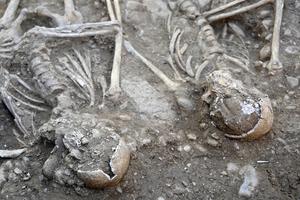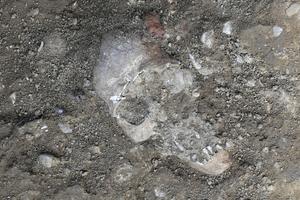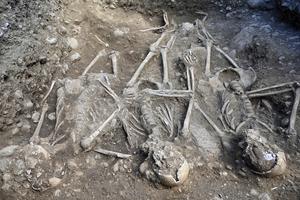In 1848, revolutions were sweeping across Europe against the monarchies of the time.
In this tumultuous year, a significant battle took place near Košice, now eastern Slovakia, known as the Battle of Budimír or the First Košice Battle. It pitted well-trained Austrian soldiers under the command of General Franz Schlick against Hungarian revolutionary forces, comprising inexperienced local militia and soldiers known as Kossuth's troops led by Sándor Pulszky.
In the winter of December 11, 1848, a flash battle took place, lasting only two hours, which the revolutionary troops lost.
Archaeological luck
Historians were particularly drawn to information published in the periodical Felvidéki Közlöny dated October 20, 1880, which reported that fallen Polish soldiers were buried near Ťahanovce, close to a stone pillar, in 1848.
Ťahanovce is a Košice borough today.
"Military practice dictated that soldiers were buried where they fell to prevent epidemics," Ťahanovce councillor Uršula Ambrušová, a historian of the East Slovak Museum in Košice, told the Korzár website.
Therefore, she assumed that the stone pillar from 1782, at the time a damaged ruin, was likely used as a landmark for the temporary burial of fallen soldiers. As written sources suggested, the soldiers were not reburied in a cemetery.
Archaeological research was supposed to confirm or refute this hypothesis.
"Thanks to professionalism and archaeological luck, my two colleagues managed to find the six skeletal remains of fallen young Polish men who were 19-20 years old according to their bones and teeth," Ambrušová said.
Everything indicates that they were Polish volunteers who fell in heroic combat on December 11, 1848.
Further information about the fallen will be provided by DNA analyses.
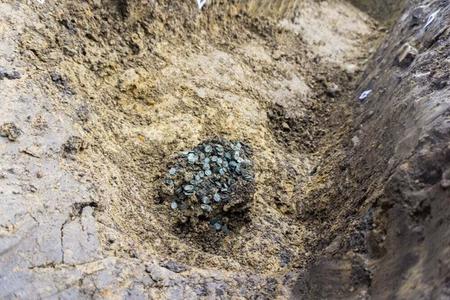
Humanity
Director Dominik Béreš of the East Slovak Museum noted that it is incredible how the survivors showed respect and honour towards the bodies of fallen comrades.
"Even though they themselves faced death, challenging conditions, and freezing cold, they treated the fallen with utmost respect," he said. "This discovery is not only a historical find, but also a testament to humanity in existential situations and times of great tension."
Archaeologists have identified six skeletons, three complete and three partial. According to experts, there should be a total of 20, likely buried under the heap.
Besides the skeletons, several brass buttons and one iron button were unveiled. One of the fallen soldiers also had coins sewn into his coat.
The Polish embassy told the Korzár that they are ready to assist in evaluating the research results and creating a memorial site.
"The Polish embassy is interested in continuing to support this initiative," said the Honorary Consul of the Republic of Poland, Ján Hudacký.


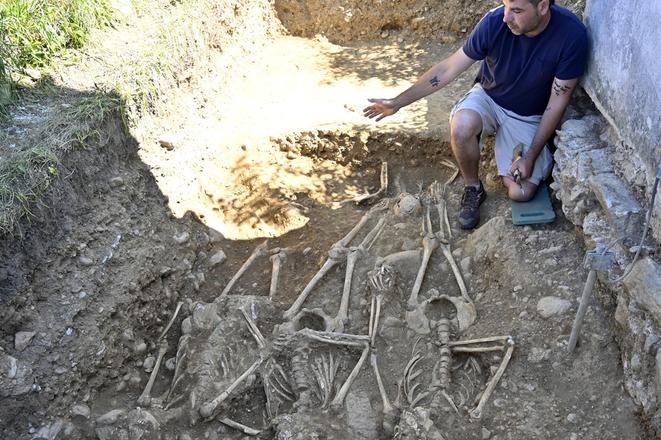 Several bodies of Polish soldiers unearthed in Košice-Ťahanovce in June 2024. (source: TASR - Roman Hanc)
Several bodies of Polish soldiers unearthed in Košice-Ťahanovce in June 2024. (source: TASR - Roman Hanc)
